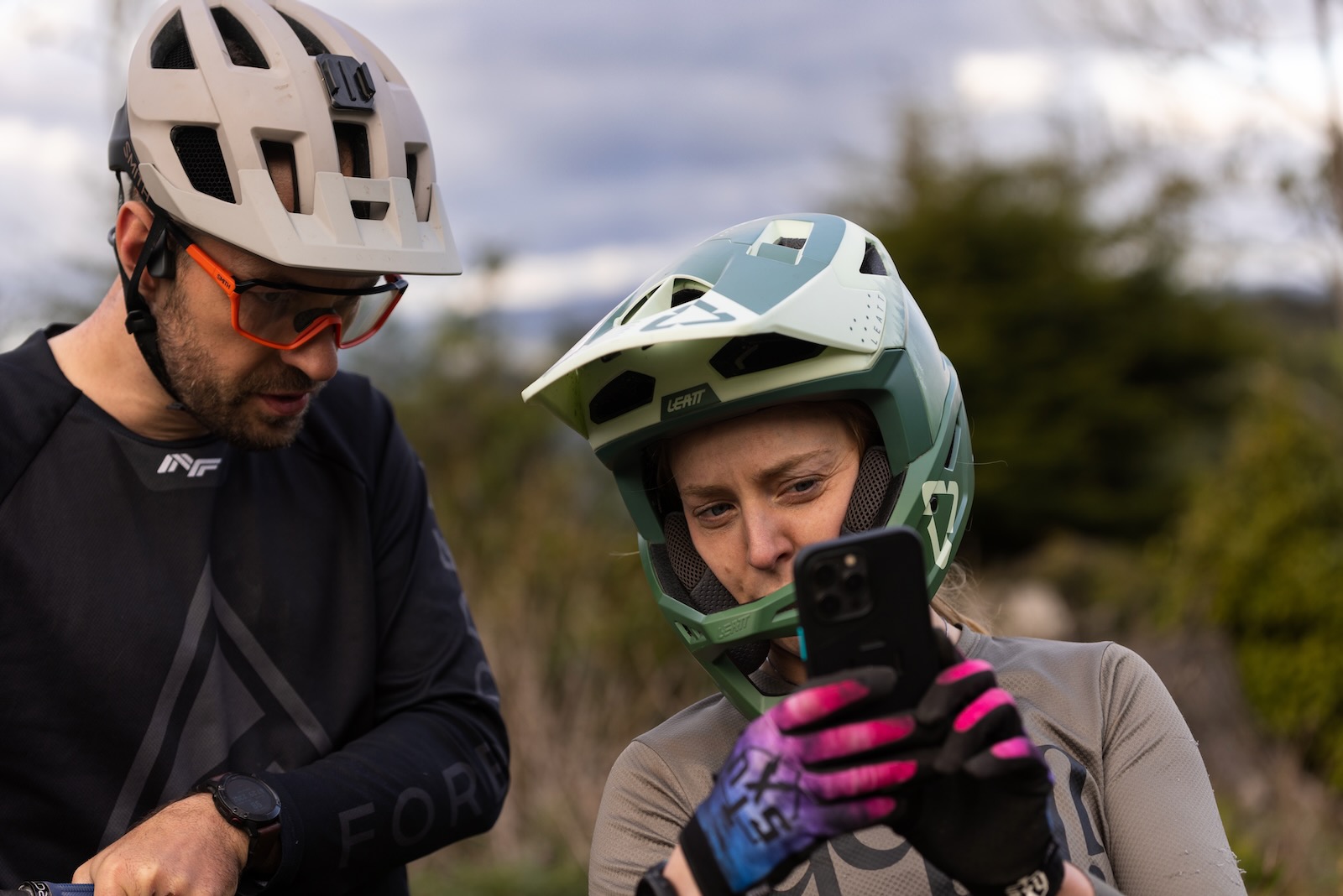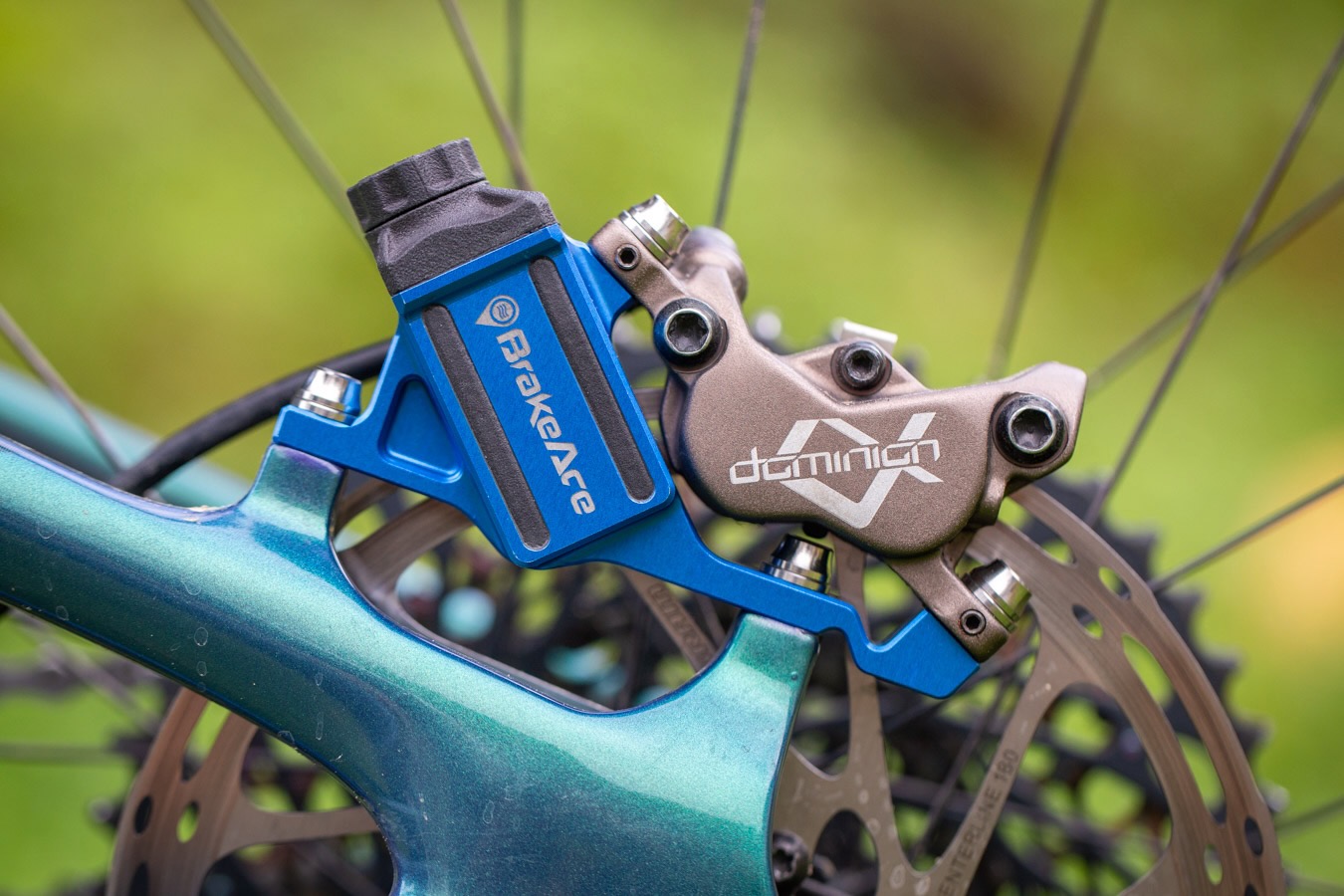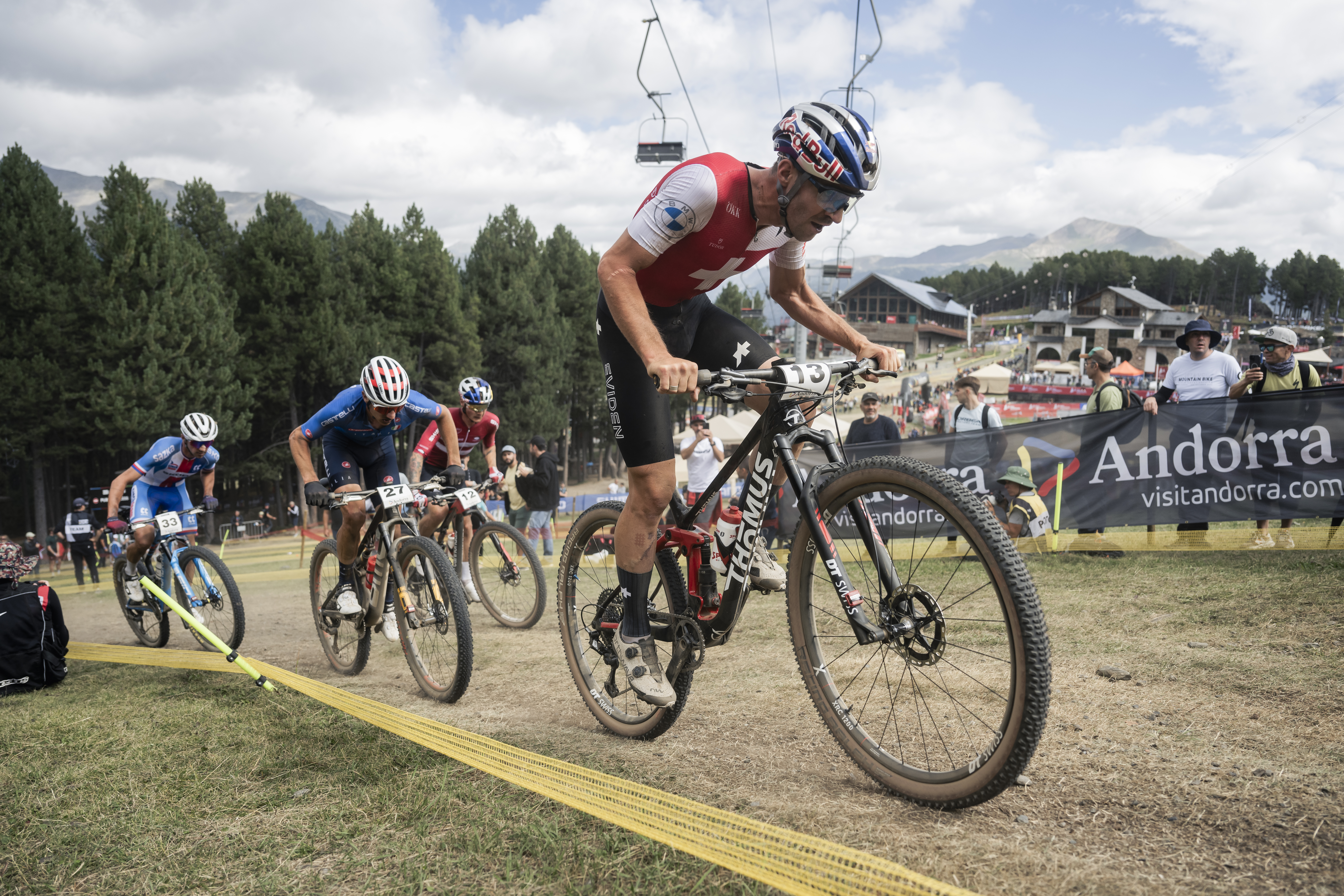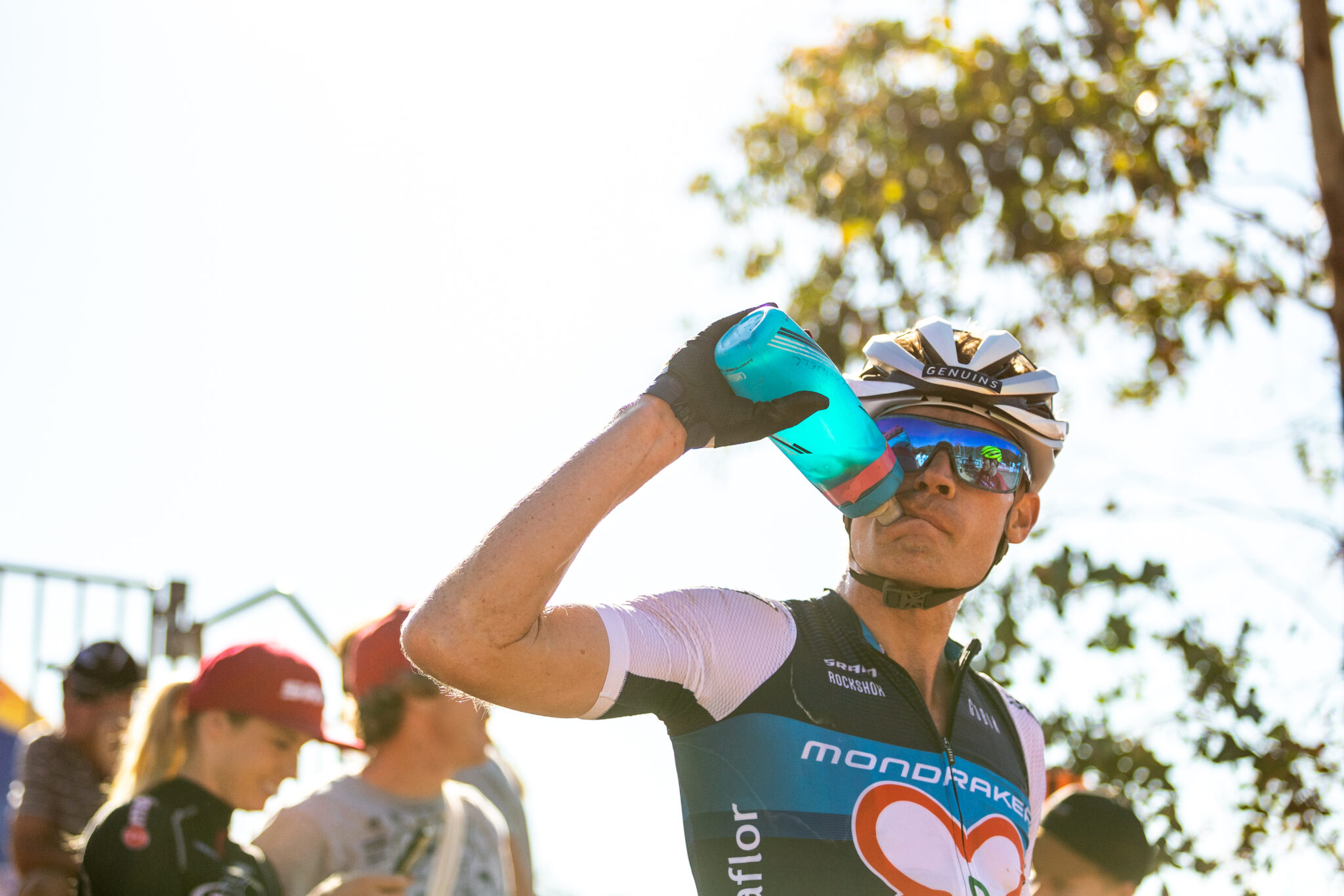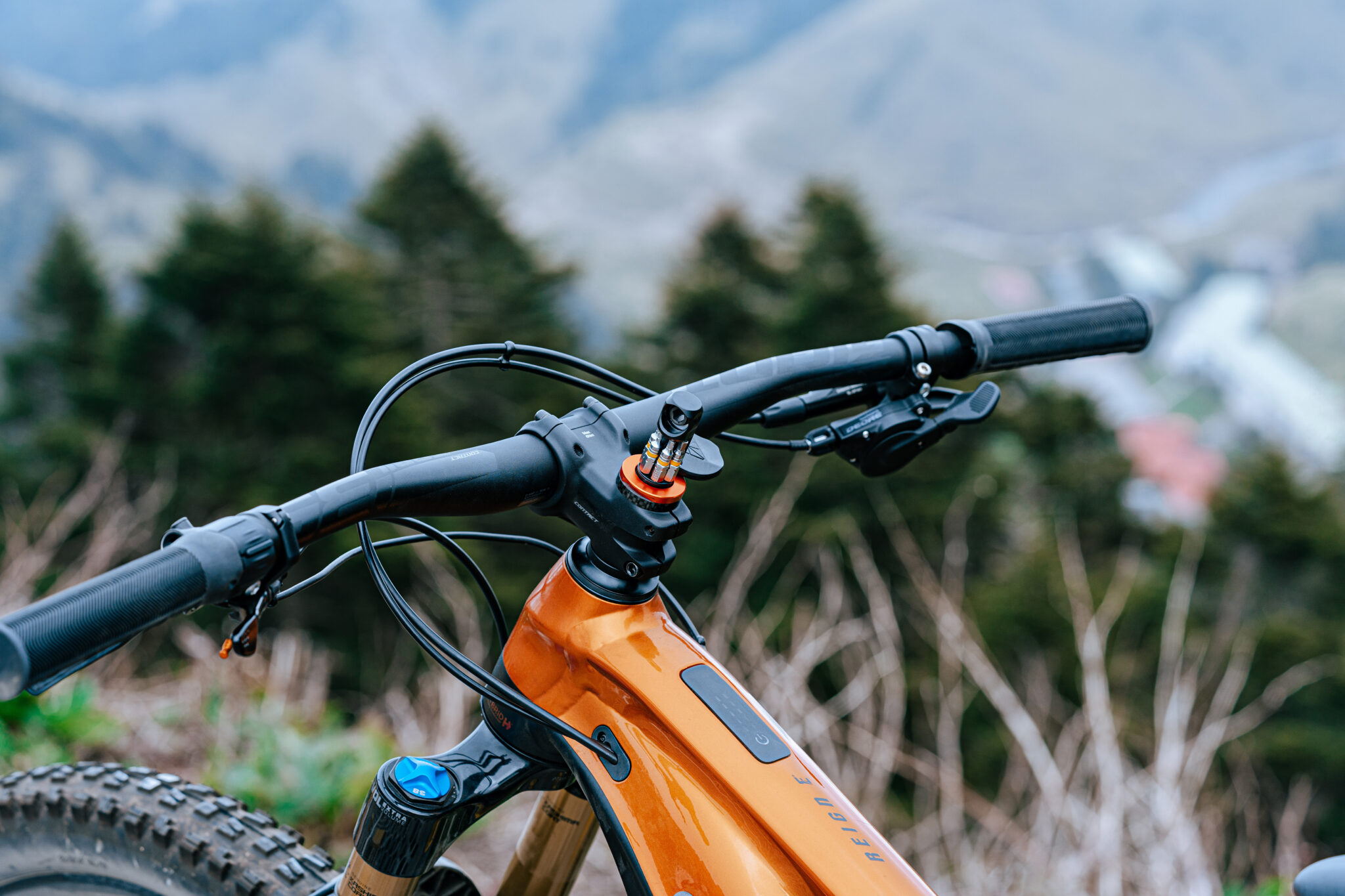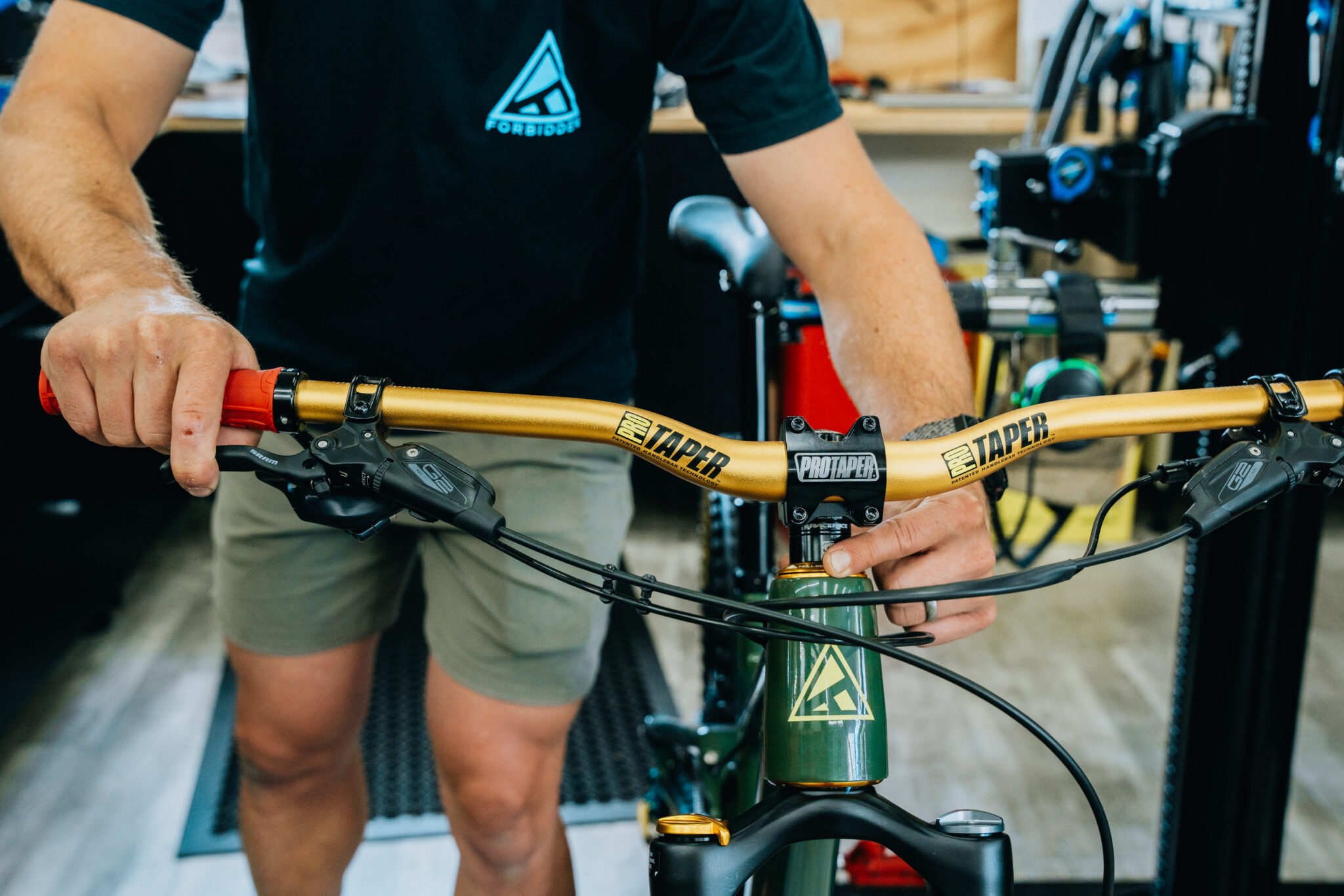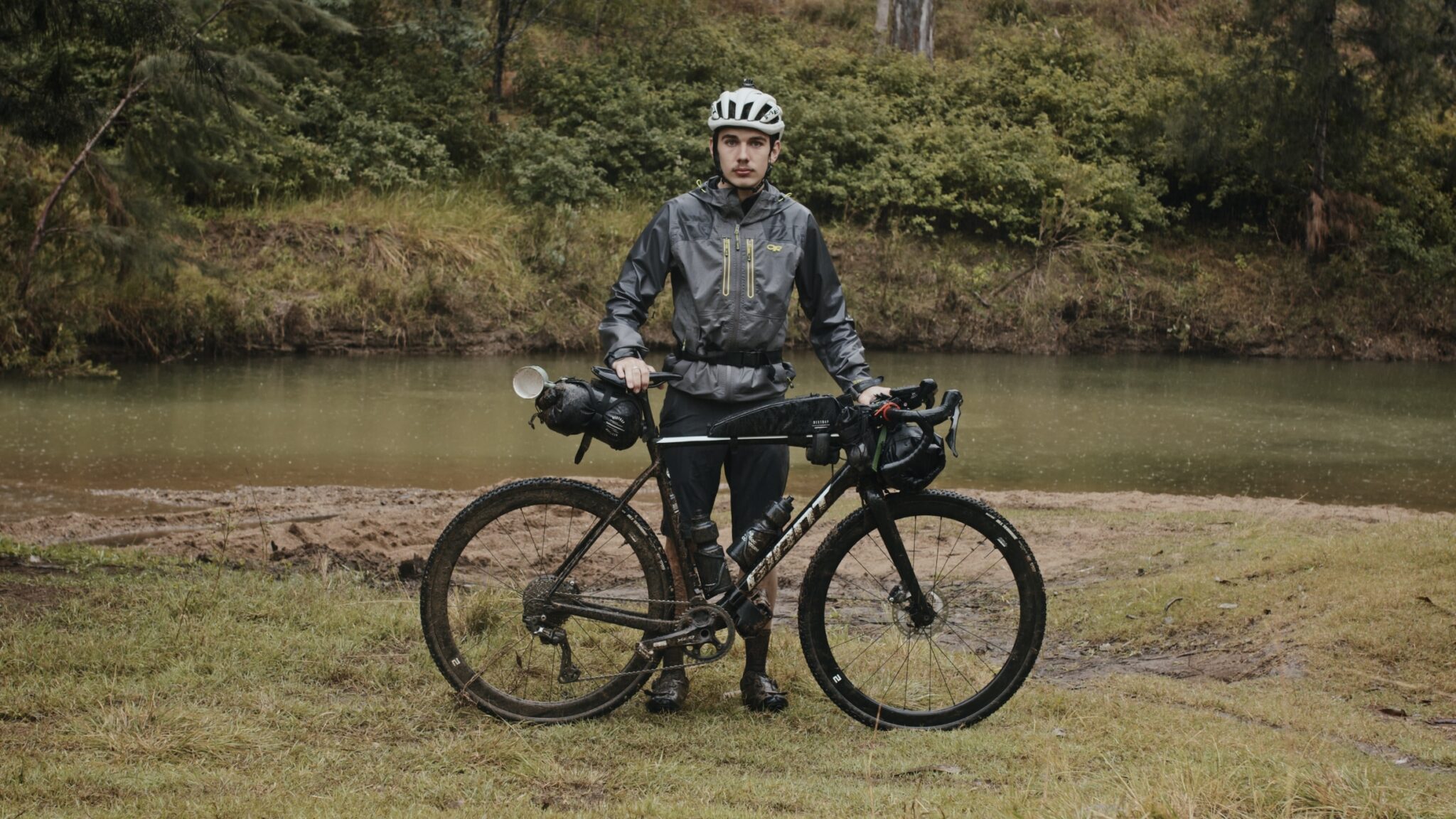All photos supplied by BrakeAce
While roadies like to pretend their aero top tube molding is the pinnacle of technology, anyone in the bike industry with their finger on the pulse knows that the most groundbreaking, meaningful technology comes from the dirt. From tubeless tyres, dropper posts and remote drivetrains and suspension, mountain bikers have shed the need for adherence to classic conservatism and adopted a progressive mindset that allows for rapid growth and innovation.
Most of the technology mentioned is about improving our ride experience: bigger wheels with better rollover, dropper posts allowing a more stable, centred position and plush and effective suspension all mean that bikes you roll out of the showroom floor are more capable than ever.
But what about the rider?
While we have power, heart rate and GPS-based data at our fingertips to assess physical improvement and speed improvements over segments or trails, what we often lack is the ability to know just how our riding skills and technique improvements are contributing to increased speed. Could we just be smashing down the same trail with the same lack of finesse but taking more risks? Could we just be feeling stronger and faster and compensating for our technique deficits?
Enter, BrakeAce, a real game changer for our highly technical sport.
Originally envisioned in New Zealand 2019 by Dr Matt Miller, and Australian co-founder Rohan Martin, BrakeAce is a essentially a brake power meter that mounts above your brake caliper in order to assess braking power in the same way that capital W ‘watt’ power is measured: through strain gauges. This data is sent through to the BrakeAce App, which effectively interprets your braking behaviour in order to identify key opportunities for improvement on the trail.
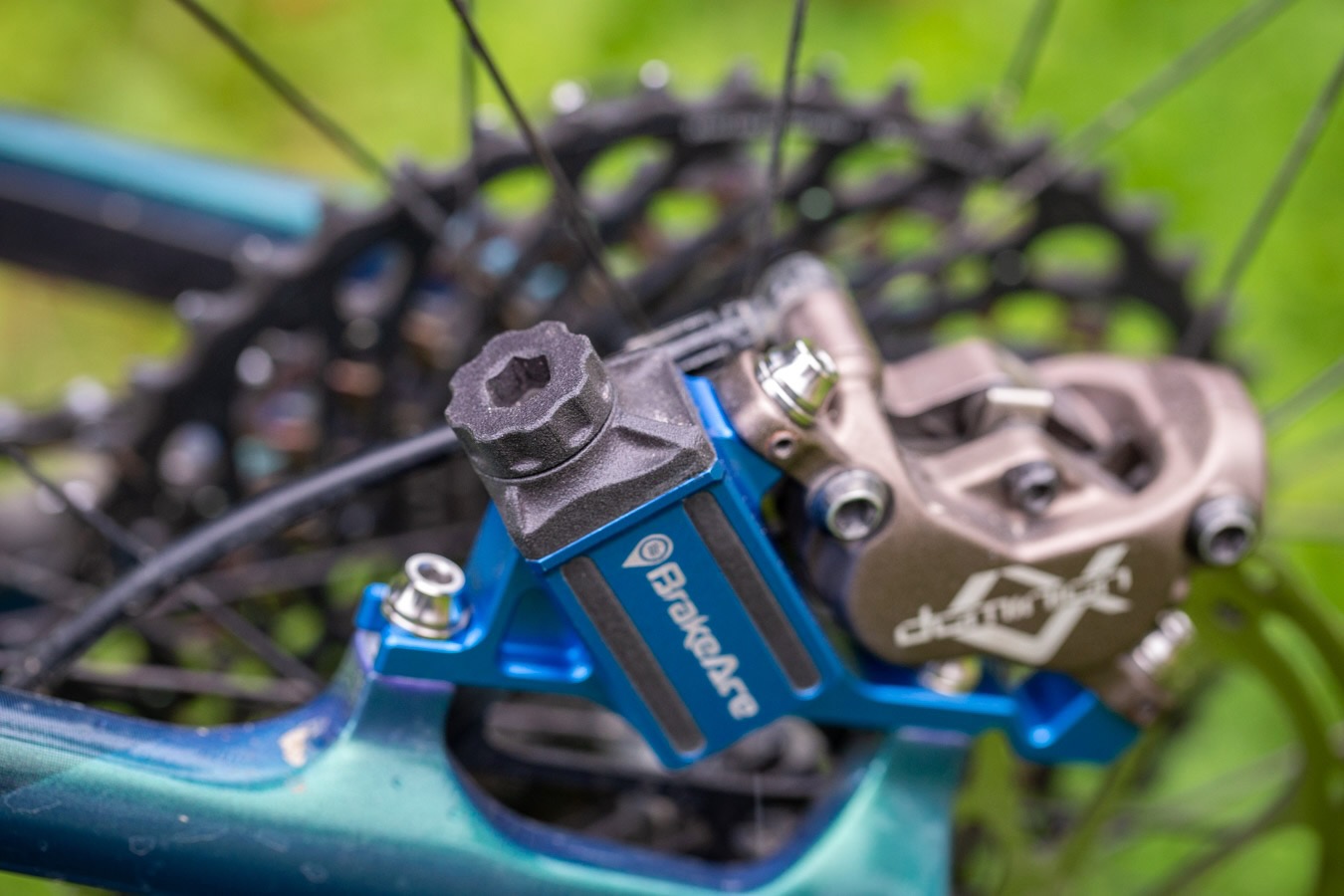
Being a bit of a nerd I was interested to try out the units and decide: will BrakeAce go the way of the Flex Stem, or be a groundbreaker like power or dropper posts? We take a closer look, and test it out on our local trails to decide.
A closer look at BrakeAce
At the moment, BrakeAce is available in Trail (TR: 160/180mm post mounts) and DH (200/203mm post mounts) the units require a 180 and 200/203mm rotor for the TR model and 220/223mm rotors for the DH models for installation.
Installing was reasonably easy, with one caveat: those running brake hoses on the shorter side may require longer brake hoses prior to set up to account for the extra length required by the BrakeAce (approx 5cm). The unit themselves do add some visible bulk to the bike, yet they are a sleek unit constructed from aircraft-grade aluminium. The sensors are lightweight at 73g per unit, imperceptible for all but the weeniest of cross-country gram-watchers. The units are chargeable via micro USB, weatherproof, and lasted the whole testing duration on one charge: the claimed battery range is 100hrs.
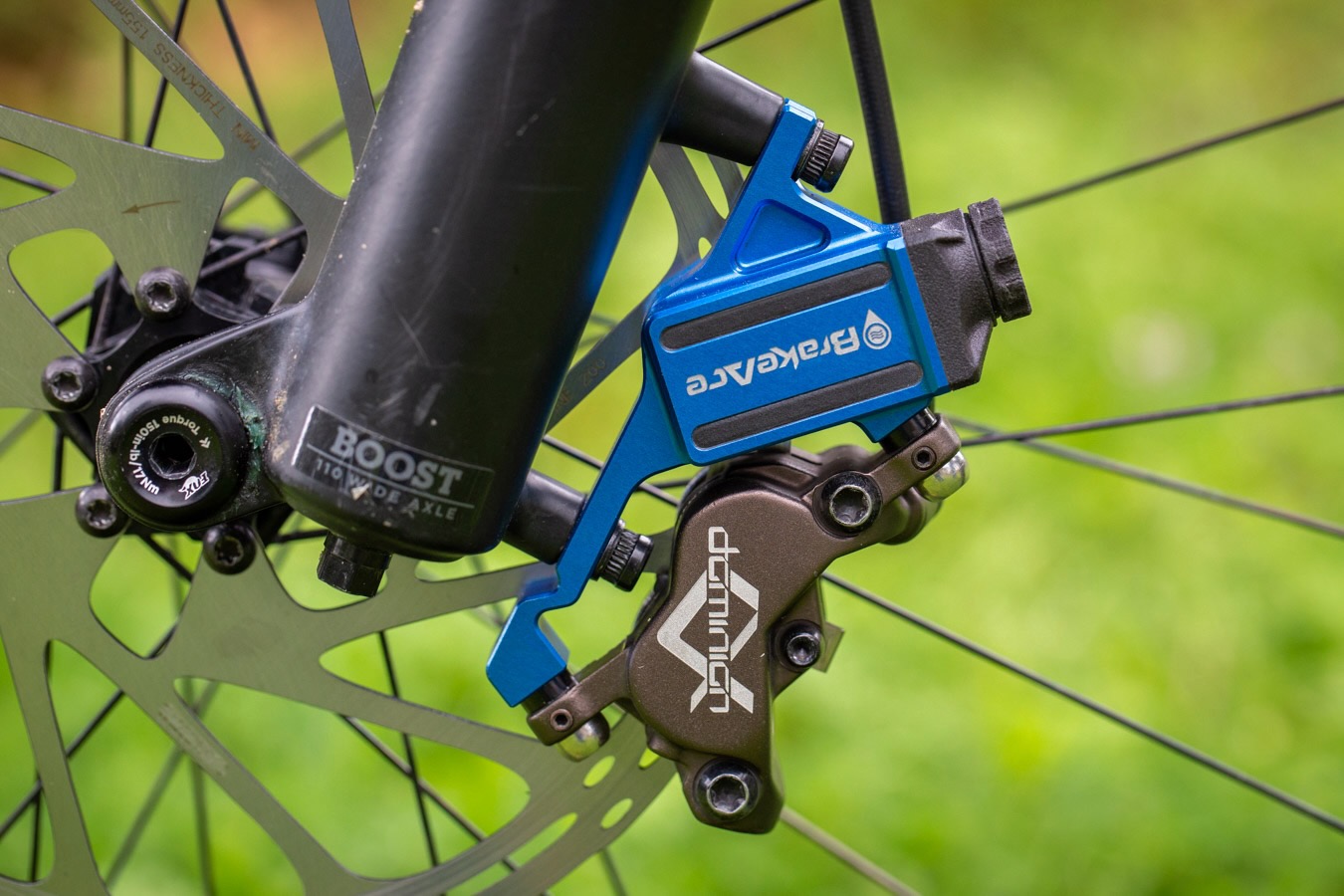
The app itself is free to download for Android and has a desktop site, BrakeAce have stated that an iOS version is on it’s way this year. App navigation is easy: linking the sensors to your phone requires simply switching on Bluetooth, bouncing the bike to ‘wake up’ the sensors, then holding the phone close to the Front and Rear unit. Dots will appear next to the sensor name that increase in size with proximity allowing you to correctly set up the sensors as front and rear.
Then it’s simply a matter of going for a ride but don’t forget your android phone!
On the trail
Once the app and sensors are set up, it’s time to go and ride. To get the most out of the unit in a training sense, trail selection is key. Using a trail that can be easily repeated (or a portion of trail), you hit start on the app and ride. At the end of the segment, hit stop and after a few seconds you’re presented with the analysis: the units are measuring at a sampling frequency of 1000hZ, meaning that not one squeeze of the finger will go unnoticed.
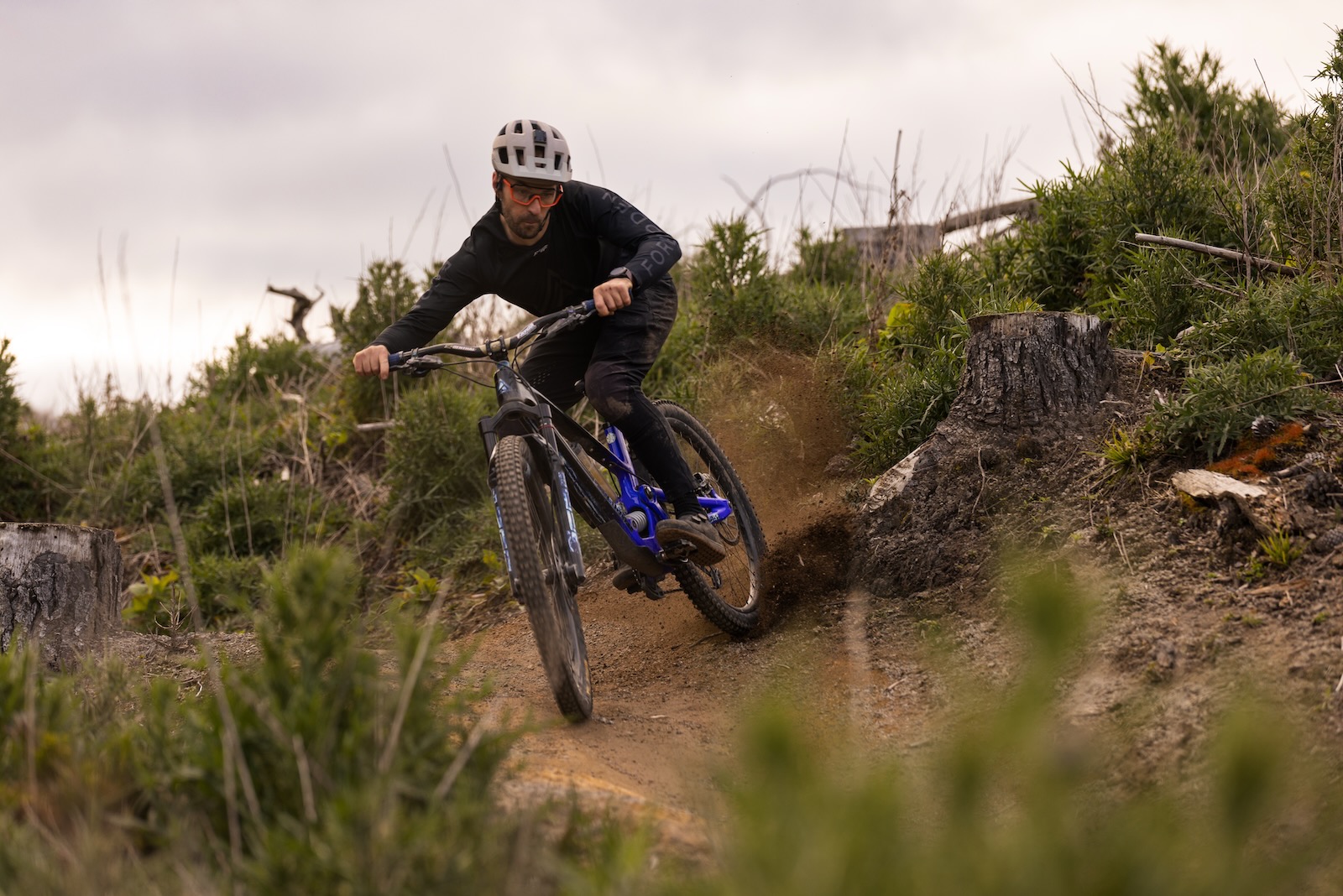
While you get hard data in the way of numbers, BrakeAce have effectively packaged this information into key metrics such as modulation, intensity, brake balance and flow. The app’s key simple and effective takeaway, however, is it’s 3 key opportunities: where it assesses braking and speed performance throughout the segment by marrying the unit data with GPS, and identifies three ‘key opportunities’ in which braking behaviours could be modified to improve speed and efficiency.

From there, it’s as easy as taking note of the key opportunities and heading back to the trail to check them out, being mindful of braking technique taking into account your previous modulation, intensity and brake balance. The key opportunities allows you to break down your technique into teachable moments on the trail, practice those moments, then head up and put it all together and see how your braking changes after the intervention. It’s science, but on the trail.

The app will identify if you’re braking far too early into the corner, or alternatively dragging excessive front or rear brake into a particular section, and gives you the ability to assess both different line choices and their impact on maintaining speed.

While the app is handy to get the key opportunities sorted while in the forest, for a better visual analysis we found the desktop app to be a little easier to assess and navigate: mainly because the app packs in so much information into a smart screen. There is also the issue of gloves; touchscreen friendly gloves are imperative here but thankfully they’re becoming very common.

We found that while you could run the BrakeAce on any trail, more meaningful data was gleaned from predominantly downhill trails, and to make really meaningful changes a smaller sample of trail could be better. It also allowed us to really engage with the key opportunities in a time efficient manner by selecting a trail that’s a minute or two and being able to session the key opportunities, compared to a 6-10min downhill that requires a lot more time to liaise to the start, as well as distinct key opportunities that may be located at very different parts of the trail.
We particularly liked the ‘flow score’ which is essentially a measure of how all the different elements of braking efficiency measured by the BrakeAce are realised throughout your run, allowing you to objectively measure your flow and braking against the best possible outcome for the run. The closer to zero you get, the closer to trail nirvana you have reached!
Verdict
After using BrakeAce in dedicated skills sessions and a few social ride segments, I had to make a big call (Flex stem? Dropper post? What would it be?). Well, it’s none of these. BrakeAce is in a class of its own. It’s not tech that will be specced on all factory-issued bikes and revolutionise riding in the same way that dropper posts have, but it certainly has utility and meaning for specific types of riders than means it’s an exciting piece of tech that will continue to develop far beyond the scope of a flex stem.
Like most power meters, the BrakeAce is a significant investment, but will certainly represent value for a specific rider including skills coaches, gravity or downhill teams and riders who are serious about performance gains and keen for data, and even those from XC who are looking to use their watts more wisely between the tape. The BrakeAce is for the rider that enjoys data and analysis and is seeking constant improvement and happy to spend the time and money making those changes, taking on feedback, and practicing in real world situations to realise their improvement.
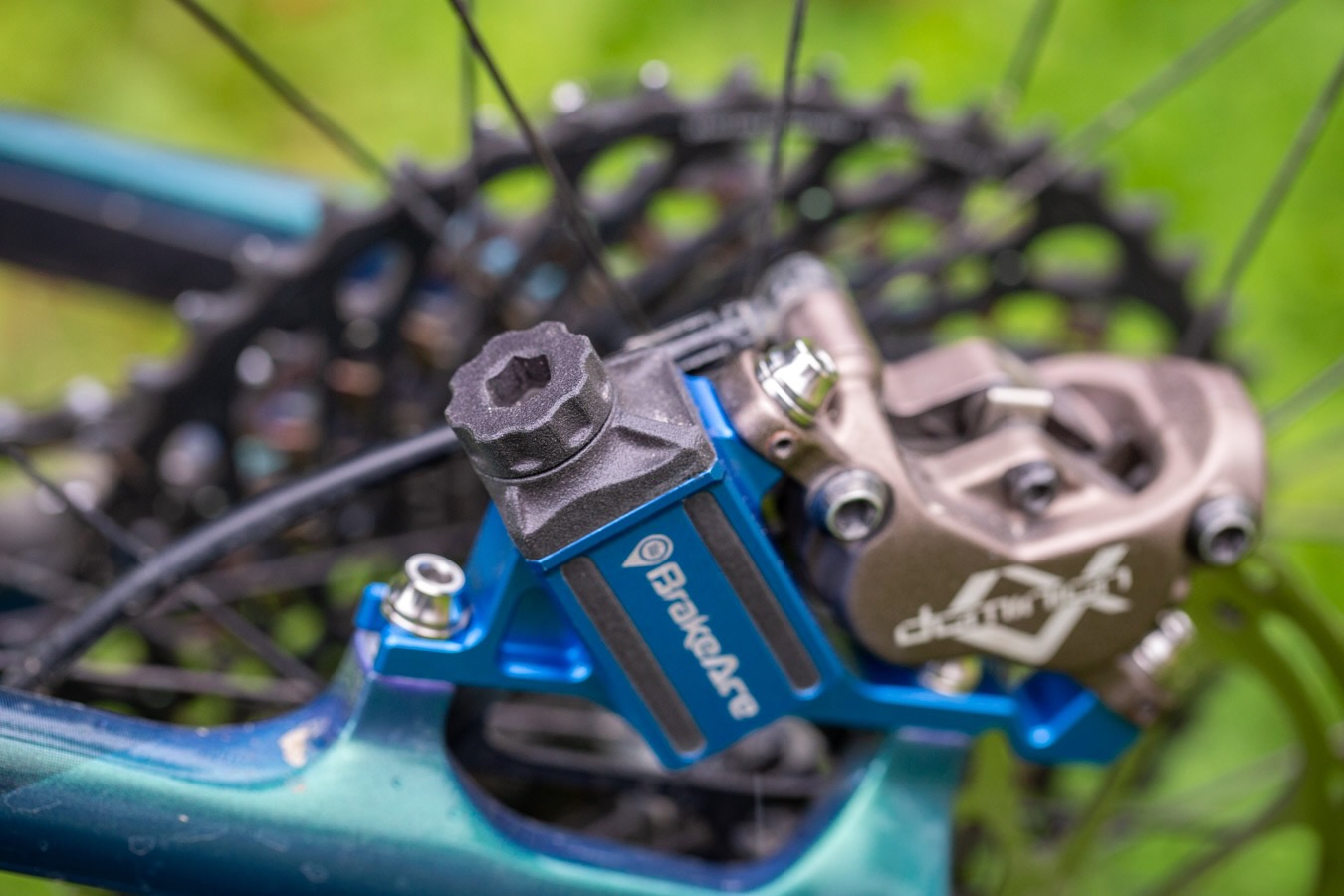
For a newer rider, BrakeAce could be used effectively alongside one on one skills coaching sessions, to takeaway broad braking technique tips and work on the key basics more effectively. For the more advanced rider, the unit allows precision assessment of the nuance of braking behaviour and how that ties into stage times and podium positions.
As a skills coach, BrakeAce was illuminating in objectively measuring my own braking habits and allowed a deeper understanding of how my braking behaviour impacts my speed and efficiency of specific runs and through specific features. This information is invaluable for any data-wired or trail-curious over thinker that is seeking the answers to the big questions “how late and hard should I brake?”, “how does soil moisture effect my braking and overall speed?” And “how much speed can I safely maintain into the feature allowing exit speed without compromising control”.
The best part about BrakeAce, however, is how it quantified the user experience on the trail: you could understand what was faster and why, and take these sage pieces of information away to use even without the app in order to be a smoother, faster, more efficient rider.
RRP
$1199 USD (pair) or $659 USD (Single sensor)
www.brakeace.com
Hits
-App is easy to use and information is well presented and easy to understand
-Great way to assess key parts of trails that are slowing you down in order to execute behaviour change
-Super light weight
-Amazing tool for coaches, data-driven athletes or teams to maximise their potential on trails
Misses
-Still waiting on iOS app and requires start/stop on phone
-While price is good considering it’s two power meters, it’s a niche market that wants to invest in this type of technology
